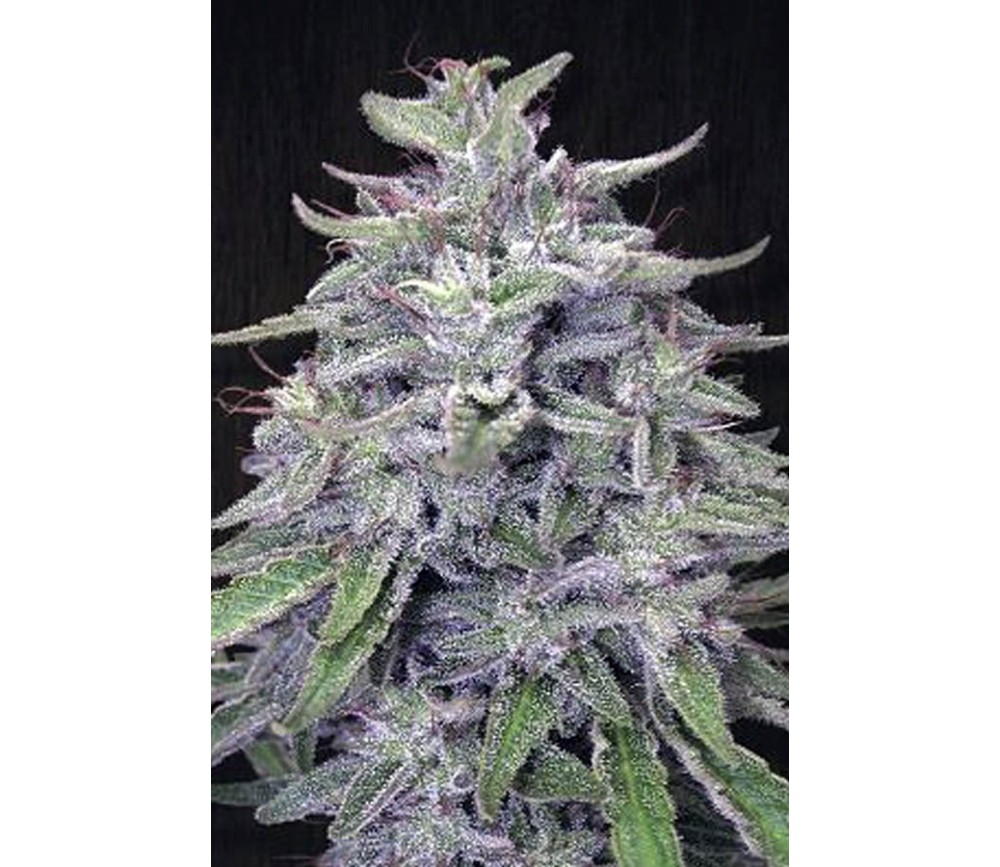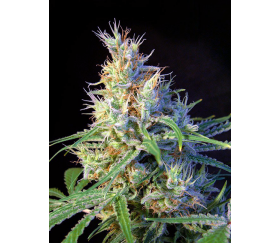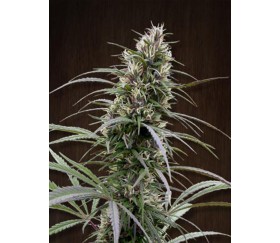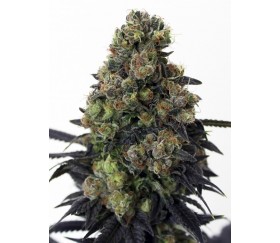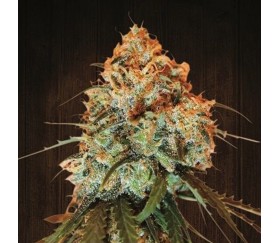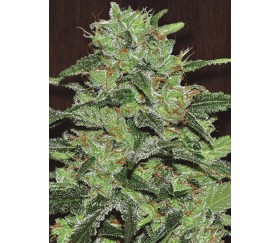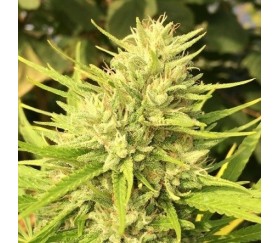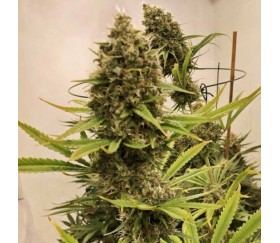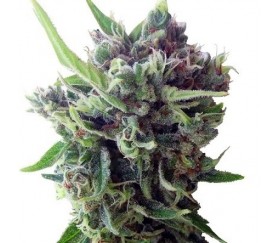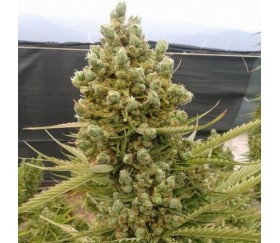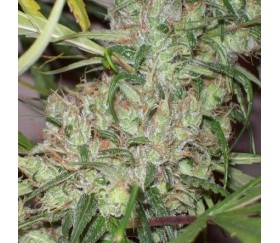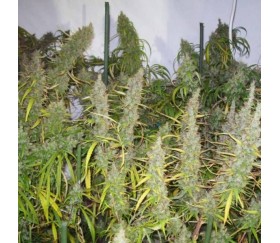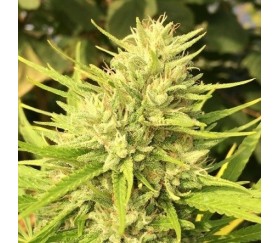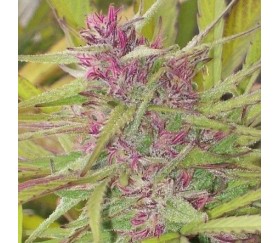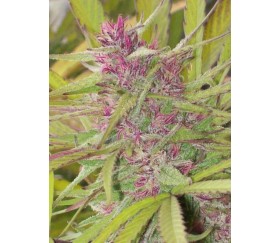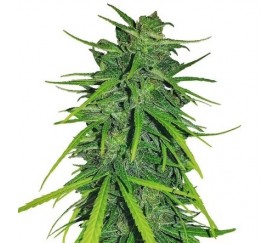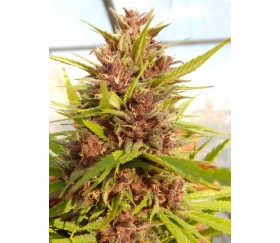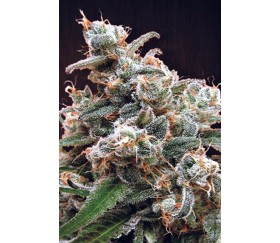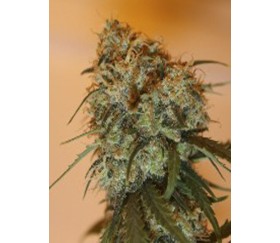Type and Genetics
Bangi Haze by Ace Seeds is the result of crossing Congolese and Nepalese landrace genetics to create a predominantly sativa hybrid that's easy to grow indoors, potent in effect, and sweet in taste.
This is a native strain that hasn't crossed with any other type of cannabis, yielding a unique, feminized strain identifiable with a specific region of the world. As such, this strain has been preserved and shaped by human hands since time immemorial, without any foreign intervention. These types of strains are commonly referred to as "landraces".
Being a pure sativa, its growth and development are observable in its vigor to stretch towards the light. Its light branches support long buds arranged in spirals, rugged in appearance and loaded with premium quality resin.
Growth
It grows with a sativa structure of medium internodal distance and is well branched. This is a very stable strain which adapts well to all climates.
Aroma and Flavor
Bangi Haze by Ace Seeds has an exotic terpene profile that awakens sweet and fruity sensations, reminiscent of tropical fruit juice, finished with a sour aftertaste that fills the end palate.
Effect
Bangi Haze by Ace Seeds contains 20% THC. It creates intense energetic sensations and psychedelia, awakening suppressed joy and promoting fun and entertainment.
Yield
Flowers with dense, resin-filled buds
- Indoor growers can yield around 300 - 400g/m2
- Outdoor grows can yield about 450 - 500g/plant.
Indoor Flowering
The strain will require about 63 - 70 days of flowering to offer its ripe fruits.
Outdoor Flowering
Its harvest is around early October in the northern hemisphere and early April in the southern hemisphere. It's of medium size.
Sativa/Indica Percentage
70 % Sativa - 30 % Indica
Cannabinoids
La Huerta's Opinion
Bangi Haze by Ace Seeds is a cannabis strain that's easy to grow both indoors and outdoors, with XXL results and tasty, resin-filled flowers.
This strain is recommended for all types of growers, especially those who grow indoors, outdoors, in humid climates, and guerilla growers, who will appreciate the plant's resistance to weather conditions (almost fully developed in Galicia and adapted to its climate) and insect infestations.
